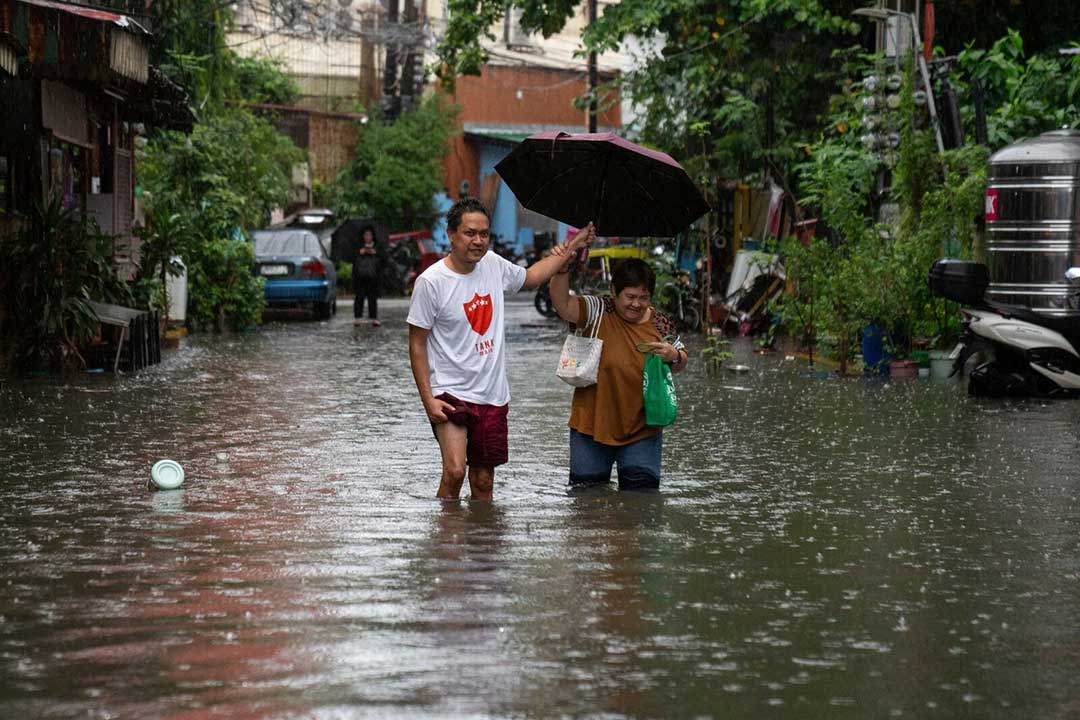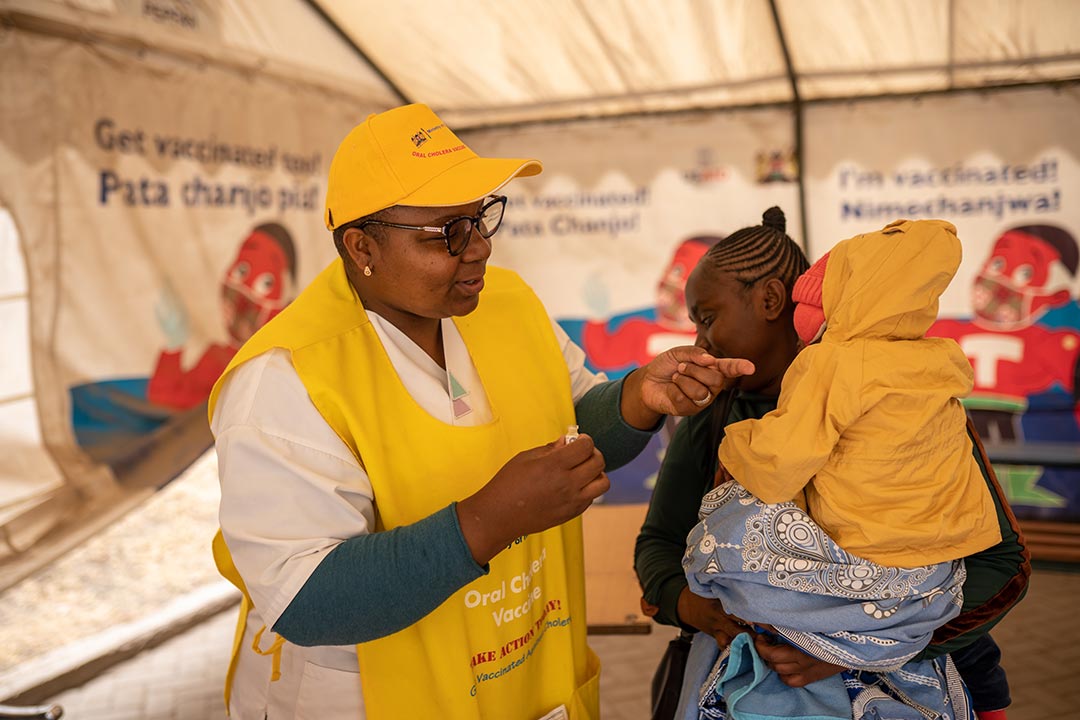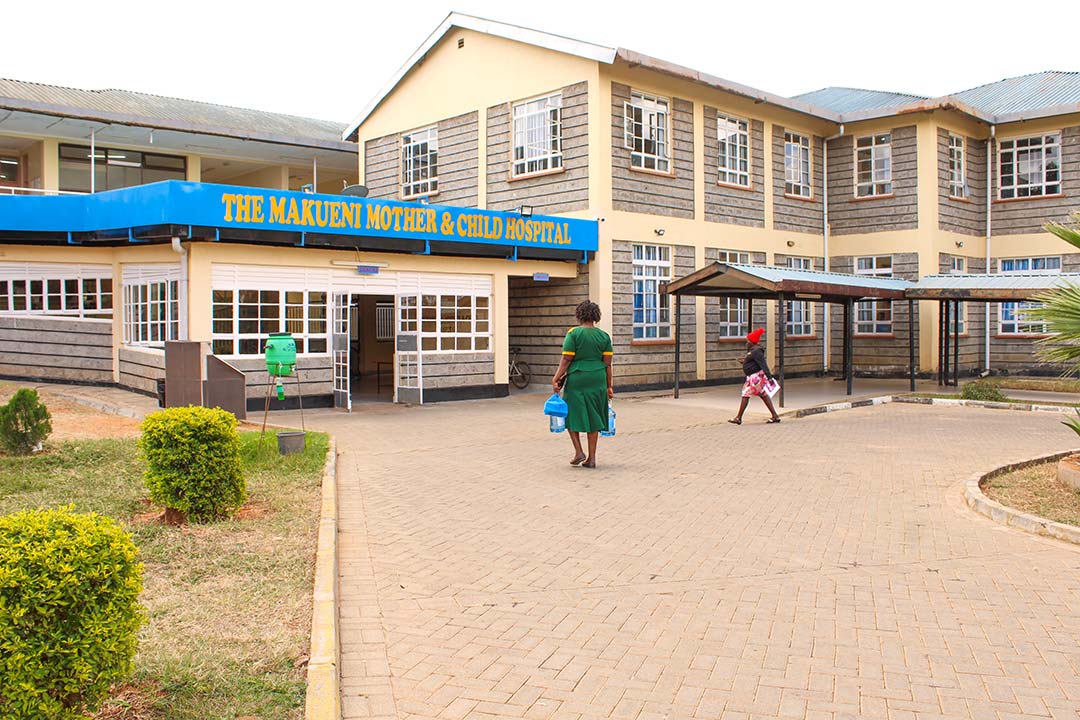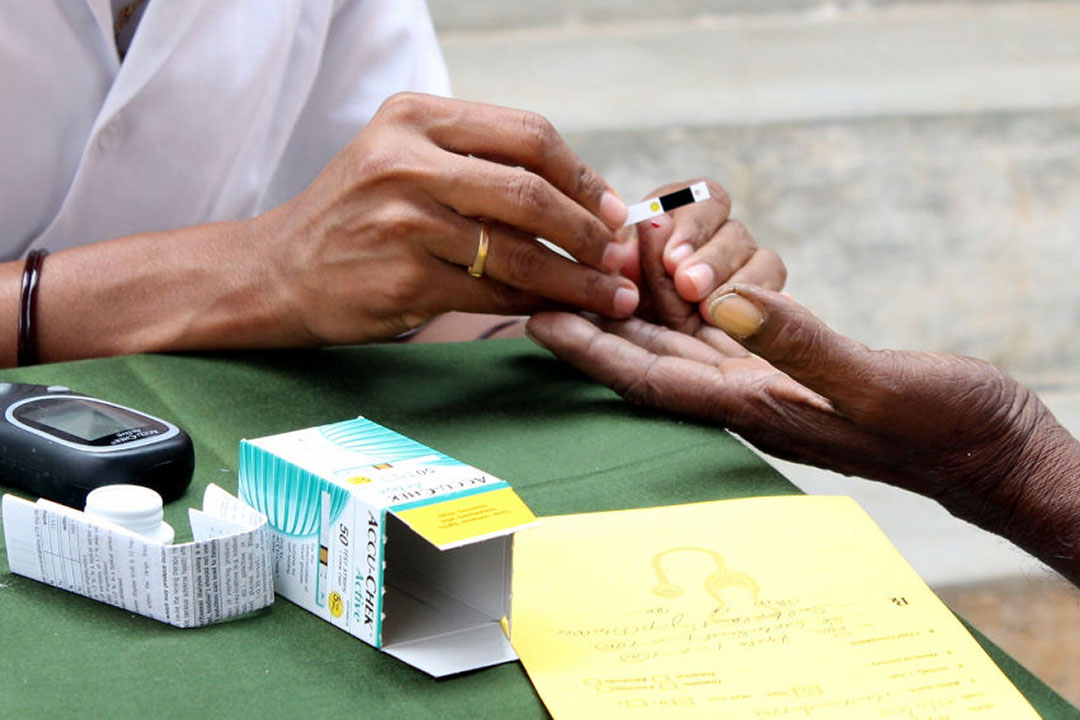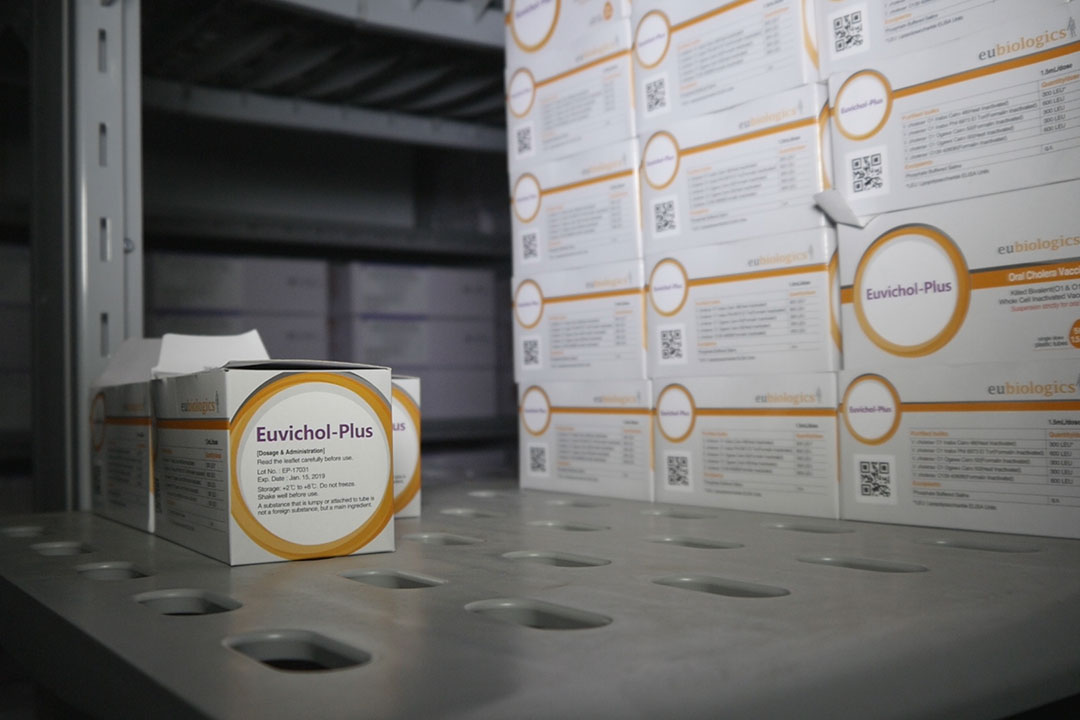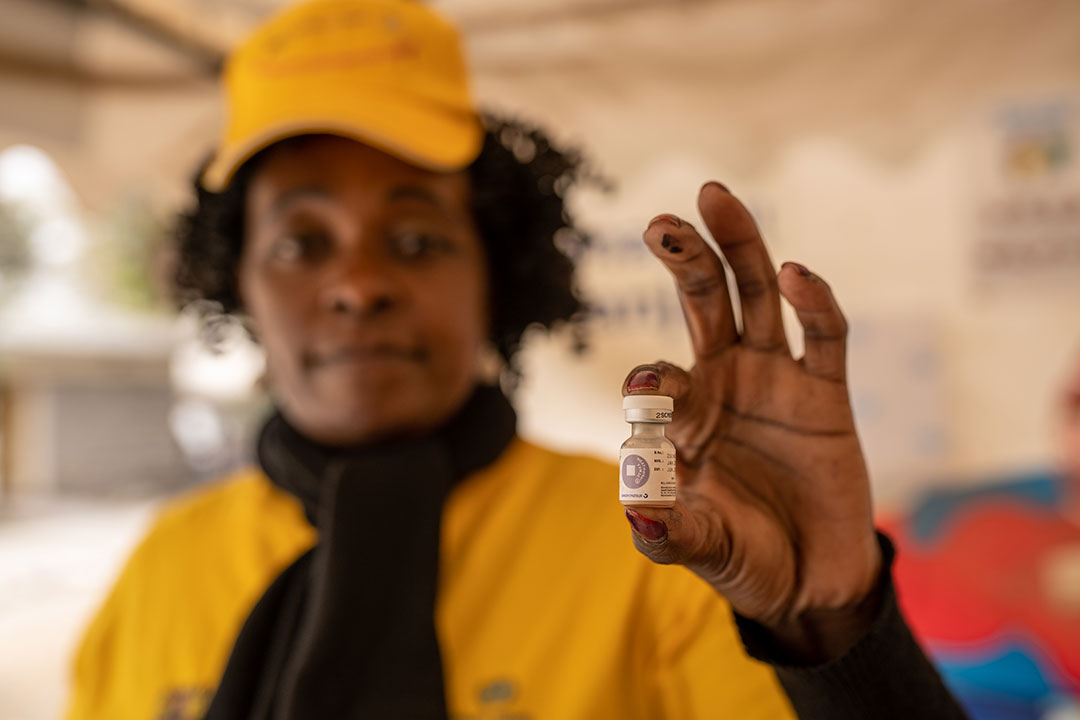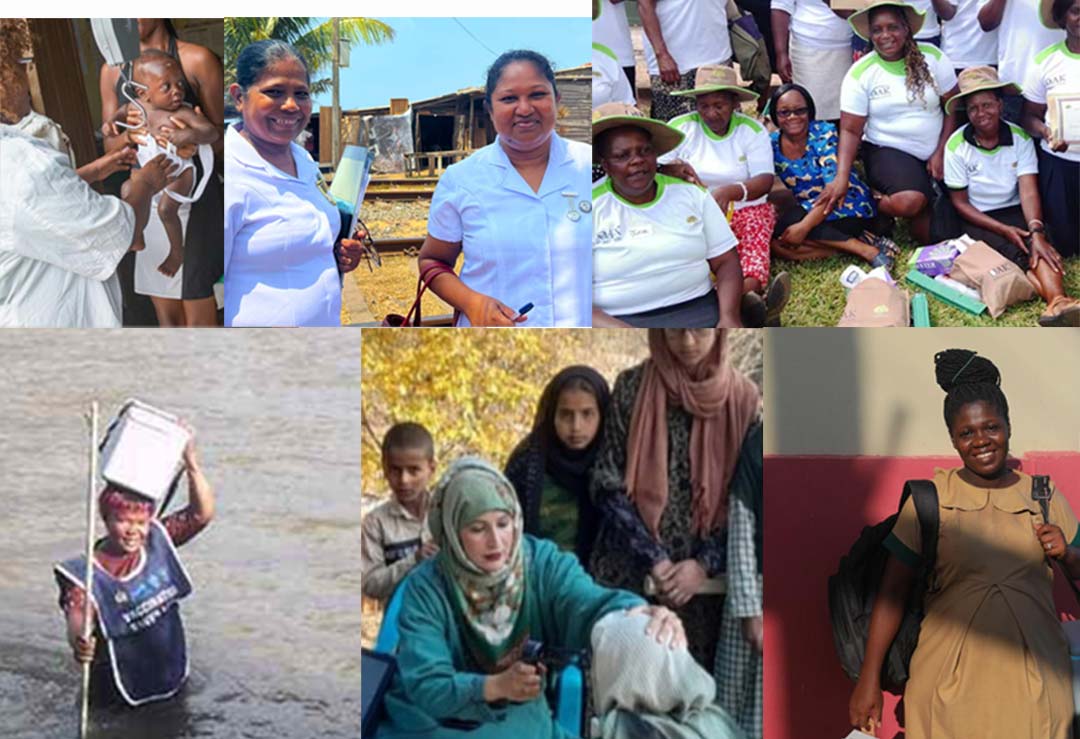Cholera: A VaccinesWork guide
This week, VaccinesWork is shining a spotlight on cholera, a growing public health problem. Join us to learn more about the disease, the fight against it, and what vaccines can do to help.
- 9 September 2024
- 5 min read
- by Maya Prabhu , James Fulker
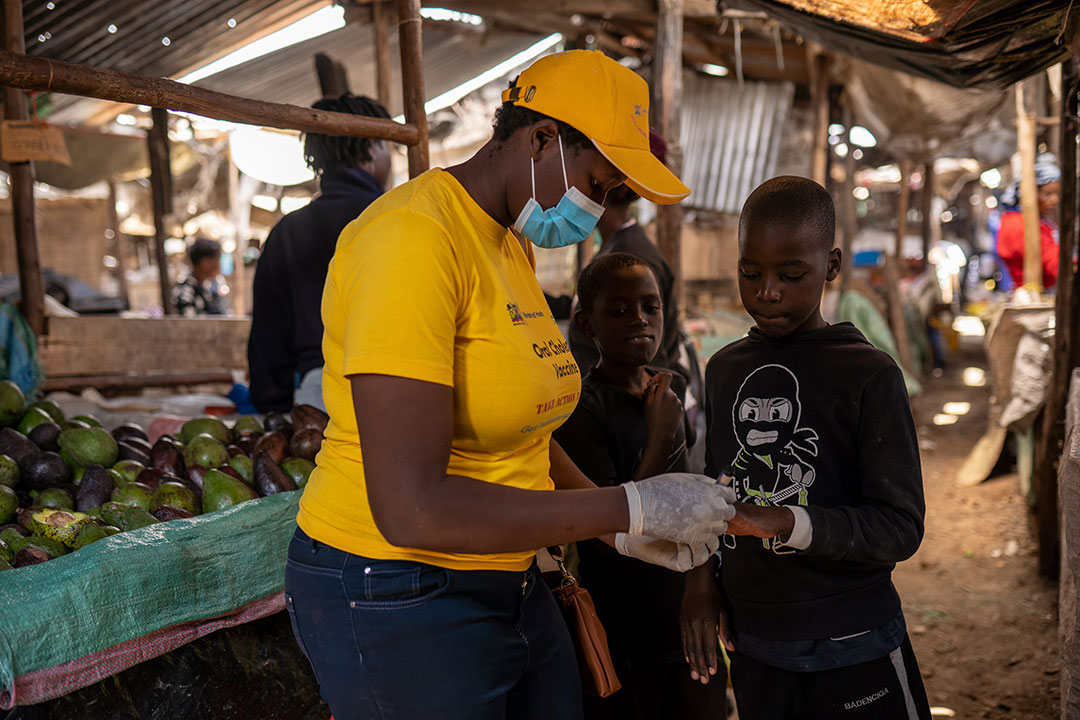
We are living, tragically, in a time of cholera. In the past few years, outbreaks have proliferated at greater rates and swollen to greater scales than in the years before.
“Is it surprising that cholera is still around? It’s not surprising and, at the same time, it should be. It should surprise everybody. And it should outrage,” epidemiologist Lorenzo Pezzoli told VaccinesWork at the tail-end of 2021, as we marked the 60th anniversary of the seventh cholera pandemic. This is where the outrage comes in: scientists figured out how to halt the spread of cholera back in the third pandemic, when it ripped through London in the 1850s.
But while the fix is well-known and relatively simple – good clean water, robust hygiene and waste management – it hasn’t proven easy to achieve in poor countries. Infrastructure that guarantees potable water and reliable sanitation is expensive and fairly complicated to build and maintain. It’s also prone to breaking down amid conflict and disasters, including the climate-change linked crises we are seeing more and more of.
And the bacterium has an uncanny talent for exploiting opportunities created by political and economic inequity.
Vibrio cholerae moves quickly: outbreaks are commonly described as “explosive”. Without treatment, people can die within just hours of infection. And take a moment to consider that it’s a diarrhoeal disease, which means that those unlucky people excrete litres and litres of terrifyingly contagious liquid into the environment before they functionally run out, and succumb to dehydration.
It can also move quietly. A large proportion of cholera cases in endemic settings are symptom-free, which means cholera can ride the bus to the next village, row a boat over a river, board an airplane – in short, traverse borders until it finds a spot where sanitation infrastructure is frayed enough and health care systems distant enough that it can seed an epidemic.
So here we are, in the 63rd year of the 7th cholera pandemic. Data released last week by the World Health Organization (WHO) reveal that reported cholera cases increased 13% in 2023, against a 2022 baseline; deaths leapt 71%.
But the outlook isn’t as bleak as it might sound. While clean water and good sanitation remain the only sustainable solutions, we have developed some wonderful tools that are saving lives and buying time for those communities whose baseline needs have not yet been met. Last year, no fewer than 35 million doses of oral cholera vaccine (OCV) left the global OCV stockpile and found their way to communities in need around the world.
As outbreaks grow and the vaccines prove their utility, demand for doses is increasing. The stockpile is consequently expanding and developing. Like vaccination in general, it’s an indispensable, highly cost-effective investment. In absolute terms, though, it’s expensive.
Gavi is the stockpile’s only funder, and Gavi needs funding. The Vaccine Alliance is currently raising money, specifically US$ 9 billion, to pay for all its activities over the five-year period from 2026–2030. That money will see to the vaccination of 500 million more people, preventing an estimated 8–9 million deaths. A fully-funded Vaccine Alliance will also be able to respond to 150 outbreaks, including cholera, over those five years. You can read more about Gavi’s big, life-saving plans here.
Meantime, here a few of our favourite cholera stories from recent years.
– The Editors.
1. In Kenya, vaccines roll out, curbing an alarmingly deadly outbreak
A 2023 epidemic had spread to half of Kenya’s counties, and was recording a fatality rate of 1.7% – far too high. WHO advises that fatality rates should stay below 1% if treatment is rapidly and properly delivered. But in 10 days that August, nearly 2,000 vaccinators took to the streets, and delivered the life-saving oral drops to 1.67 million people.
2. During a Zimbabwe OCV drive, memories of a dark time before the cholera vaccine
"I can remember the 2008 cholera outbreak and I could not risk my life by shunning the vaccines because of what I saw then," said 65-year-old Cleopas Dzamutsana when he showed up for his dose of the oral cholera vaccine in a Harare suburb earlier this year. In 2008, a wildfire cholera epidemic reportedly claimed 4,000 Zimbabweans’ lives; researchers have estimated that most of those lives might have been saved had vaccines been available.
3. In Bangladesh, vaccines put the brakes on a growing outbreak
Cholera is a familiar blight in Bangladesh – all cholera pandemics in history have found their origins in the endemic region surrounding the Bay of Bengal. But that doesn’t mean the disease is any less alarming here than it would be elsewhere. “Some of my neighbours were hospitalised. I was worried at the time because I didn't know who would be next – myself or my family?" said Silvana Israt, a resident of Mirpur in Dhaka in 2022, as an outbreak swelled in the populous capital. By mid-year, the government had called in reinforcements: 4.8 million doses of OCV from the stockpile.
4. Gavi-funded rapid test kits for cholera bring relief to stretched Malawian health workers
As Malawi recovers from its worst-ever cholera epidemic, vaccines aren’t the only tool that have proven indispensable to the health workers managing the crisis. In April, some 9,500 portable, easy-to-use, rapid diagnostic tests (RDTs) landed in Lilongwe, and frontliners say they’ve permitted a far more efficient allocation of precious resources – including their own time.
5. Getting ahead of the next outbreak in South Sudan
Swampy Awerial county is a cholera hotspot. “I know how it feels to have the disease,” 45-year-old local Mawun Aboi told our reporter during a drive designed to tamp down the risk of new flare-ups. “I do not want to have this disease called cholera again.” Said vaccinator Ngong Kur: "The turn-up for taking the vaccine is high because our people have experienced how cholera has killed their people… There are [currently] no conditions of cholera cases here, but we are just taking to prevent any outbreak."
More from Maya Prabhu
Recommended for you
